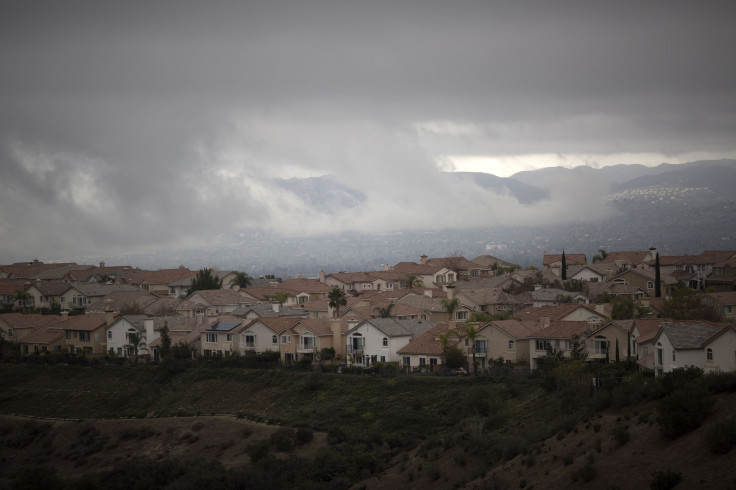Aliso Canyon Gas Leak Caused The Largest US Methane Release Ever: Study

A massive natural gas leak in Southern California caused the largest release of methane in U.S. history, scientists confirmed in a study published Thursday in the journal Science.
The Aliso Canyon natural gas storage facility released more than 100,000 tons of methane during the near four-month-long leak, the study found. Natural gas is 80 percent methane, and the compound is dozens of times more potent as a greenhouse gas than carbon dioxide.
Southern California Gas Co., which owns and operates the well in Los Angeles County, first reported the well blowout at its Aliso Canyon site Oct. 23. After months of trying and failing to stem the leak, the utility said it temporarily plugged the leak Feb. 11 and officially, permanently stemmed the stream of natural gas on Feb. 18.
A video shot by SoCalGas using an infrared camera showed no methane escaping from the well. Earlier videos filmed in January by a California scientist had showed thick plumes of methane soaring into the air. The images helped to galvanize national attention around the leak and sparked fresh concerns about how well the nation’s more than 400 natural gas storage sites are monitored and regulated.

The 112-day event spewed enough emissions to equal the short-term climate impact of putting more than a half-million passenger cars on the road for a year, scientists said in the Thursday report. The research effort included the University of California, Davis, the National Oceanic and Atmospheric Administration (NOAA) and other partners.
“Our results show how failures of natural gas infrastructure can significantly impact greenhouse gas control efforts,” Tom Ryerson, a co-lead scientist on the study and a NOAA research chemist, said in a statement.
SoCalGas will have little time to celebrate the plugging of its well this month. The company, owned by Sempra Energy of San Diego, is facing potential criminal charges from the Los Angeles County district attorney and a civil lawsuit brought by California’s attorney general. Earlier this week, the Los Angeles County Board of Supervisors voted to seek a temporary restraining order against SoCalGas to allow residents dislocated by the accident more time to return home.
More than 5,700 families near the Aliso Canyon facility in the Porter Ranch area above the San Fernando Valley evacuated to escape the putrid smell of chemicals and the potential-long term health risks.

SoCalGas footed the bill for hotel rooms and other relocation costs. Combined with other legal expenses, the utility is facing as much as $900 million in total costs, Bloomberg News found in a recent analysis. On Thursday, a judge ordered SoCalGas to extend funding for temporary housing for Porter Ranch residents until March 18, CBS station KCBS-TV in Los Angeles reported.
SoCalGas disputed the Los Angeles County restraining order this week, arguing state and local air quality monitoring data suggest it’s now safe for residents to return home.
“The results of that monitoring, based on a substantial body of scientific data, have demonstrated that the air quality in the area has returned to the typical air-quality conditions that existed prior to the leak,” the utility said in a Wednesday statement.
© Copyright IBTimes 2025. All rights reserved.




















